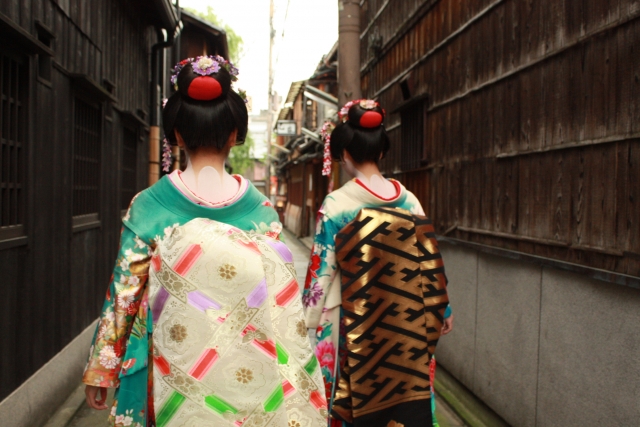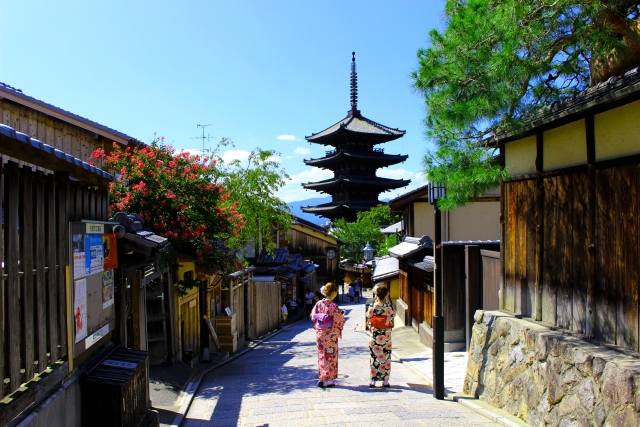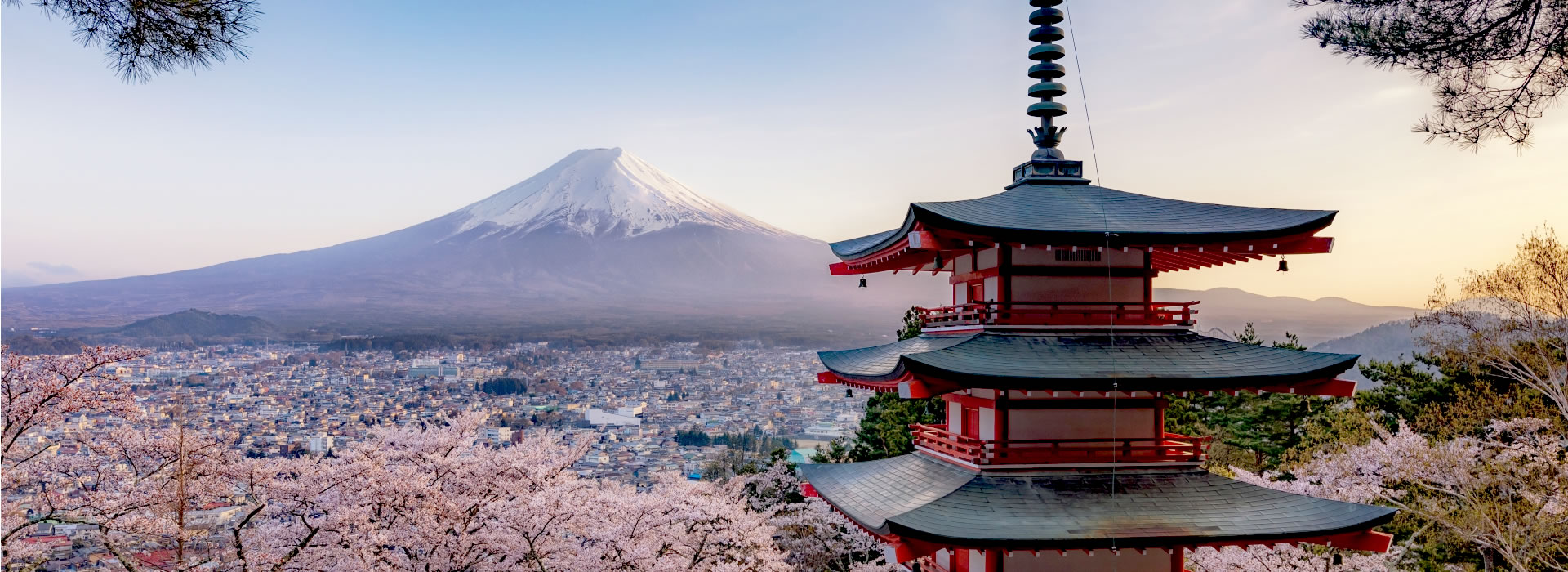



















Kyoto is a city full of history and tradition. There are many world heritage sites such as Kinkaku-ji and Kiyomizu-dera, which are representative of Japan’s shrine and temple architecture, and Nijo Castle, where the Restoration of the Imperial Shogunate took place, and there are attractions in each season, so in recent years it has attracted repeat visitors not only from Japan but also from all over the world.
Kinkakuji Temple
The official name is Rokuon-ji, but it is commonly called “Kinkaku-ji” because the golden Shariden that is reflected in the mirror pond is so famous. It began when Yoshimitsu Ashikaga, the third shogun of the Muromachi Shogunate, built a mountain villa here. In 1994, it was designated as a World Heritage Site by UNESCO as one of the “Historic Monuments of Ancient Kyoto.”
No matter what season you visit, you’ll be able to enjoy the colors of the four seasons, such as fresh greenery, autumn leaves, and snowy scenery. Access by bus from JR Kyoto Station or Hankyu Kawaramachi Station.
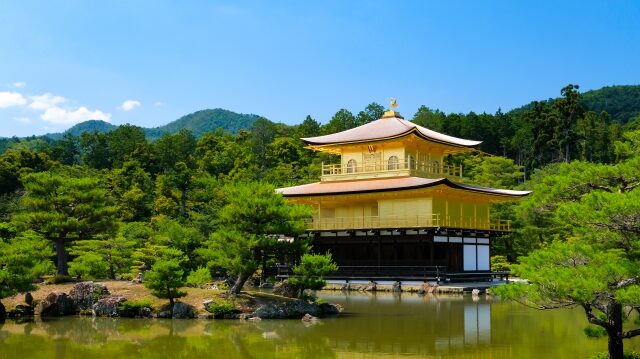
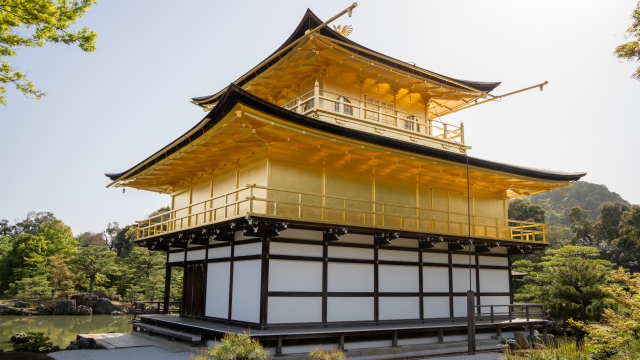
Ginkakuji Temple
Ginkaku-ji Temple began as a villa built by Yoshimasa Ashikaga, the eighth shogun of the Muromachi Shogunate, after his grandfather Yoshimitsu Ashikaga. After Yoshimasa’s death, it became a Zen sect of the Shokokuji branch of the Rinzai sect and was named Jishoji. Ginkaku-ji, which has been compared to the graceful and glamorous Kinkaku-ji, is characterized by its simple “wabi-sabi” beauty that has inherited a strong influence from Zen Buddhism, and is designated as a World Heritage Site and a cultural property of ancient Kyoto as a representative building of Higashiyama culture.

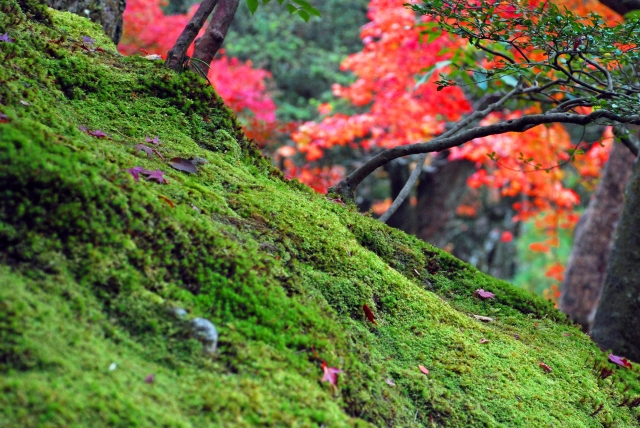
Sanjusangendo
This Buddhist temple was built in 1164 by Taira no Kiyomori in a corner of the retired Emperor’s villa, and its official name is Rengeouin Hondo. It was later burnt down and rebuilt in 1266. It is called “Sanjusangendo” because there are 33 pillars in the main hall, which is 120 meters long. The number 33 comes from the number of incarnations. 7 minutes walk from Keihan Shichijo Station or take a bus from JR Kyoto Station.
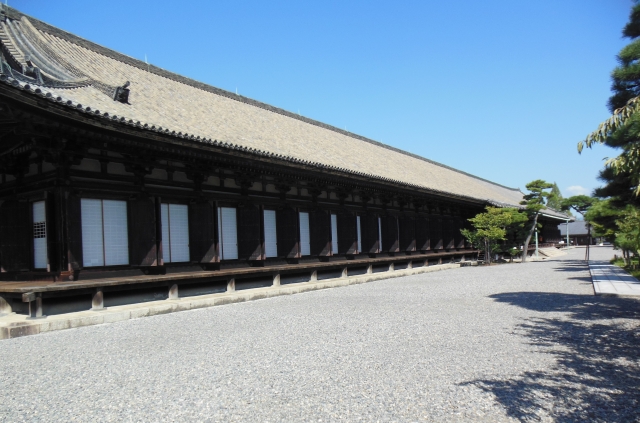
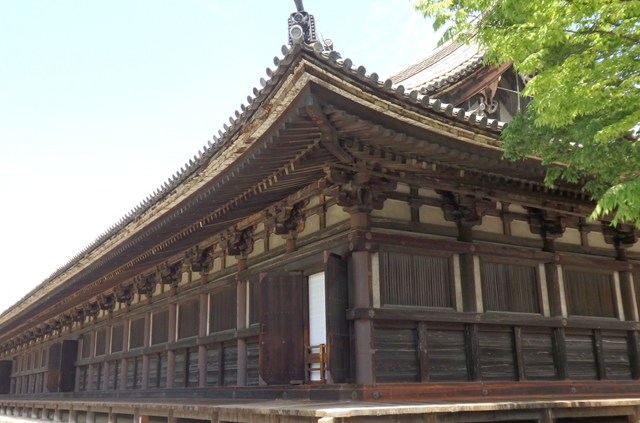
Gion
Gion is one of the most popular sightseeing courses in Kyoto. If you visit Kyoto, you’ll definitely want to experience the atmosphere of the ancient capital, where maikos walk along the stone pavements. The easiest way to get to Gion is by bus from Kyoto Station. Gion developed as a temple town centered around Yasaka Shrine, but it is also an area where many venerable temples and shrines such as Kodai-ji, Kennin-ji, Chion-in, Kiyomizu-dera, Shoren-in, and Hokan-ji are gathered.
